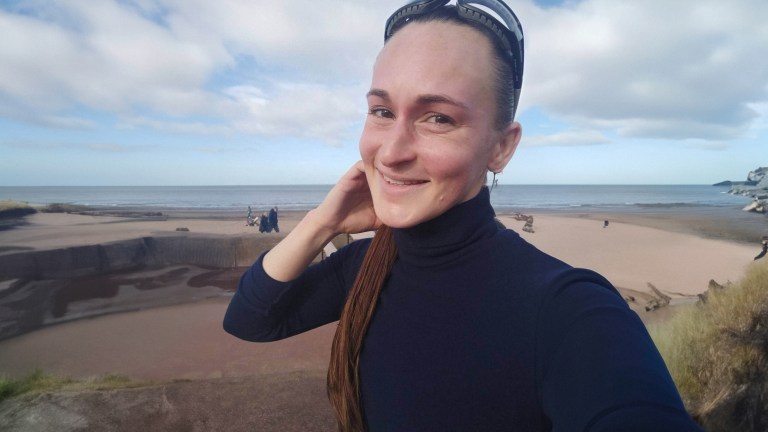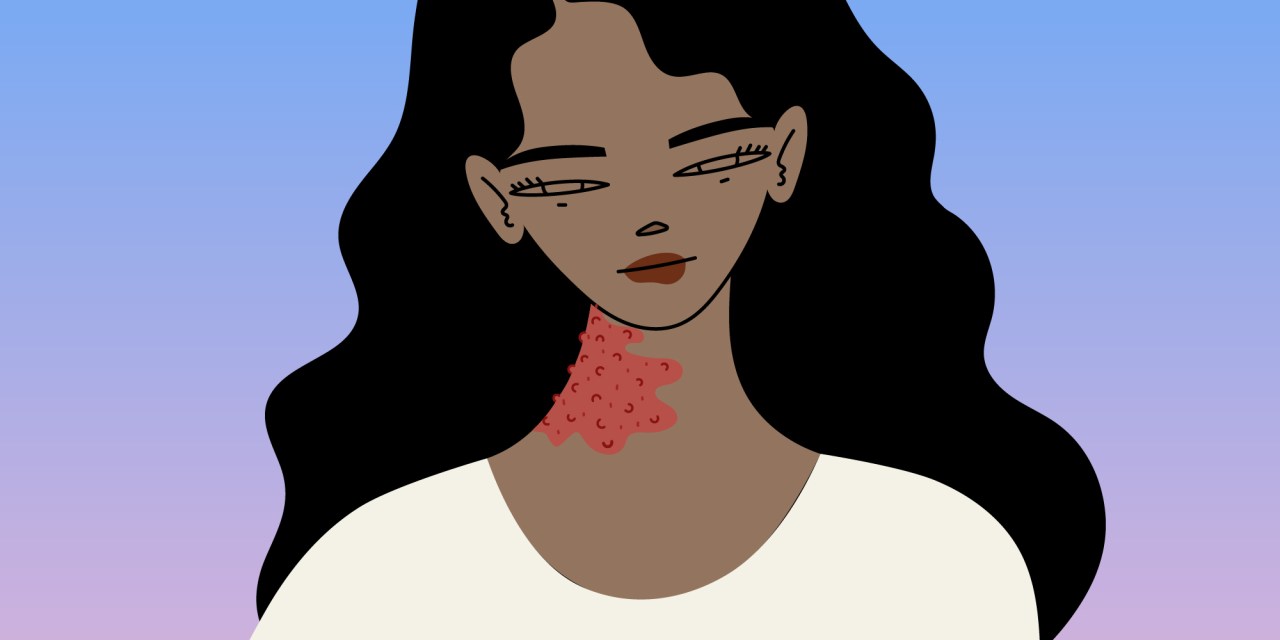
Atopic Dermatitis

What is Atopic Dermatitis (Eczema)?
Simply put, Atopic Dermatitis (Eczema) is a condition that makes skin red and itchy. While it’s common in children, it can also occur at any age. Atopic dermatitis is long lasting (chronic) and tends to flare periodically. It may be accompanied by asthma or hay fever.
What are the symptoms of Atopic Dermatitis?
While the signs and symptoms can vary from person to person, the following are the general signs you may have Eczema.
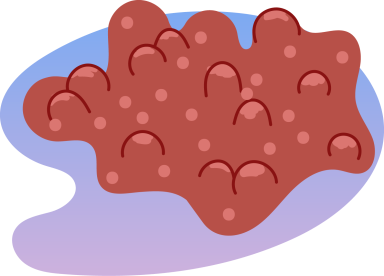
- Dry skin
- Itching, which may be severe, especially at night
- Red to brownish-gray patches, especially on the hands, feet, ankles, wrists, neck, upper chest, eyelids, inside the bend of the elbows and knees, and in infants, the face and scalp
- Small, raised bumps, which may leak fluid and crust over when scratched
- Thickened, cracked, scaly skin
- Raw, sensitive, swollen skin from scratching
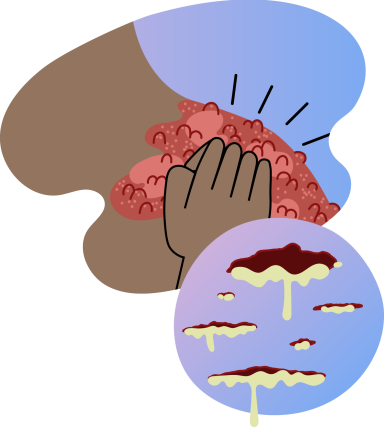
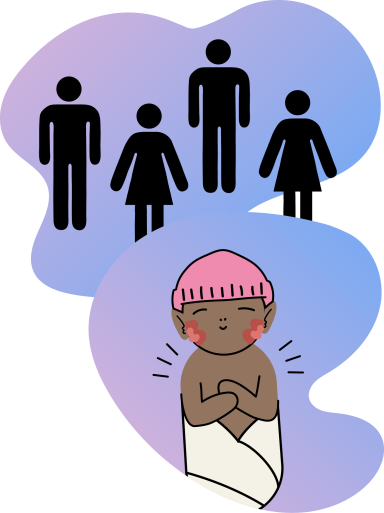
Who gets Atopic Dermatitis?
Approximately 230 million people around the world have atopic dermatitis and the lifetime prevalence is about 15 percent, especially in wealthier countries. It typically affects people with an ‘atopic tendency’ clustering with hay fever, asthma, and food allergies. All races can be affected; some races are more susceptible to developing atopic dermatitis, and genetic studies are showing marked diversity of the condition’s extent (heterogeneity) between populations.
Atopic dermatitis usually starts in infancy, affecting up to 20% of children. Approximately 80% of children affected develop it before the age of 6 years. All ages can be affected. Although it can settle in late childhood and adolescence, the prevalence in young adults up to 26 years of age is still 5–15%.
How is Atopic Dermatitis treated?
- Avoiding known triggers
- Maintaining a regular bathing and moisturizing routine to protect and strengthen the skin barrier
- Getting high-quality sleep
- Eating a healthy diet
- Managing stress
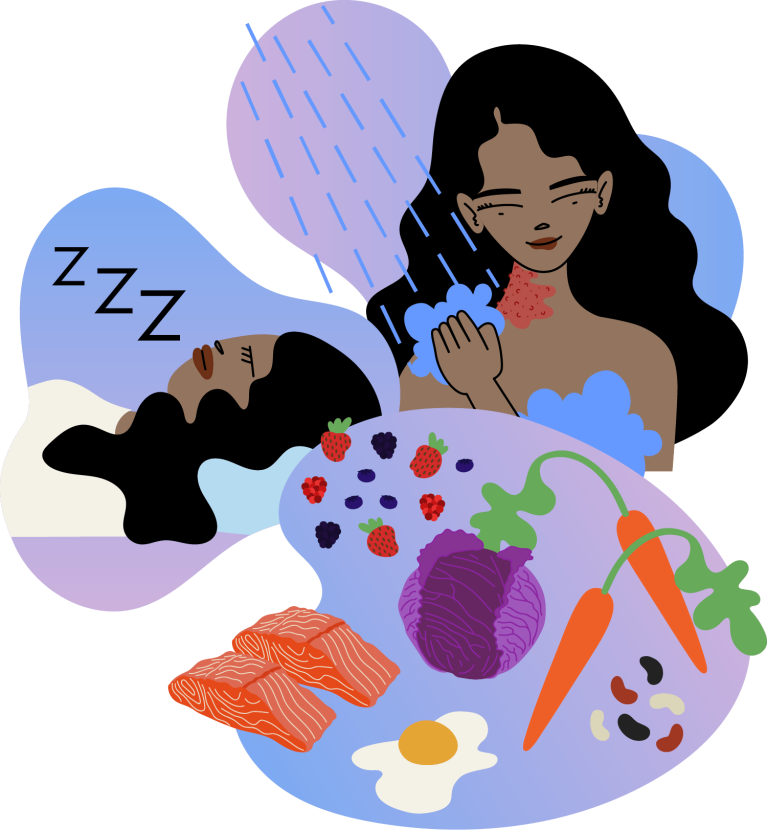
If these methods are not enough, other treatments include:
- topical corticosteroids
- non-steroidal topicals
- biologics
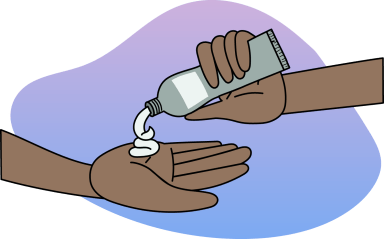

What are the common myths of having Atopic Dermatitis?
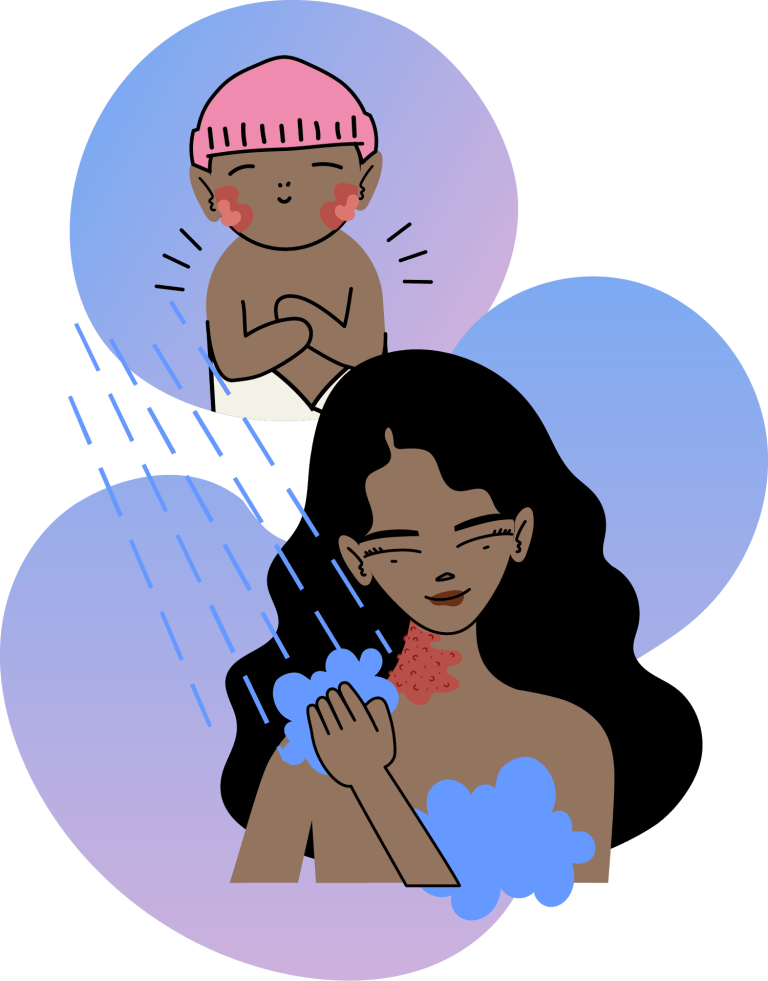
MYTH: You can get rid of AD by finding and eliminating the one thing causing it.
FACT: Years of research has proven that no one thing causes AD. It’s a complex disease that has no cure.
MYTH: Children outgrow AD. Although it’s true that AD often goes away on its own before a child’s 18th birthday, AD can be a lifelong condition.
FACT: There’s no way to know if a child’s eczema will go away or remain. To prevent AD from worsening and to relieve symptoms, dermatologists recommend treating it.
MYTH: To reduce flare-ups, cut back on bathing. Because AD causes extremely dry skin, some people believe they can relieve AD by taking fewer baths and showers. Research shows otherwise.
FACT: Taking a short, daily lukewarm bath or shower helps. Bathing removes bacteria and other germs from the skin, which can reduce skin infections. Many people with AD get skin infections.



